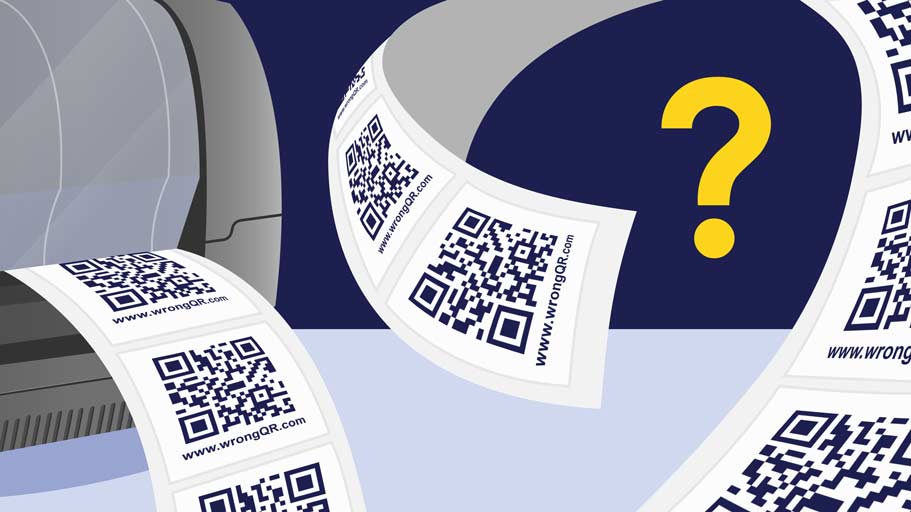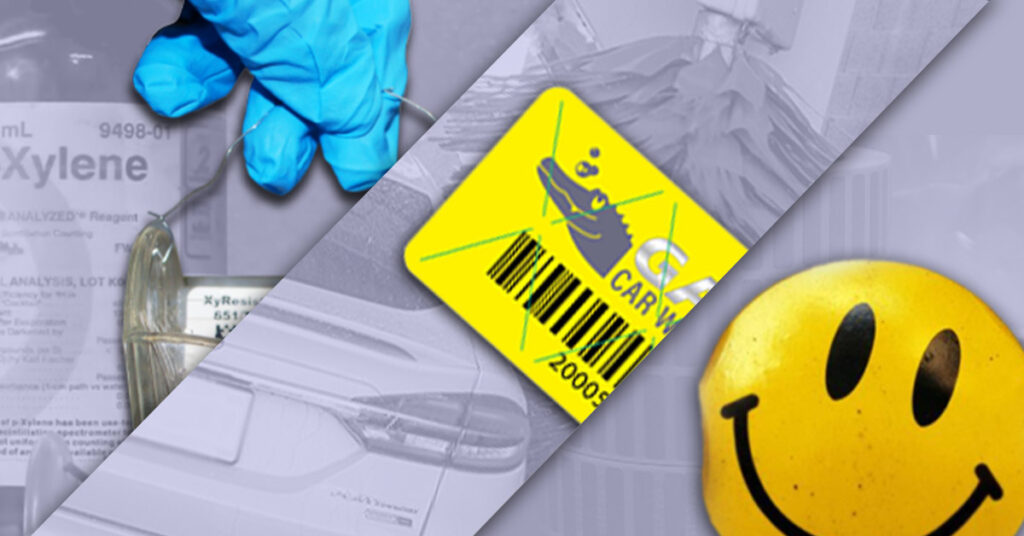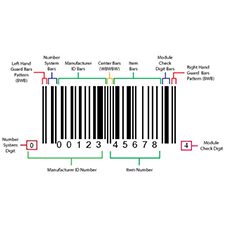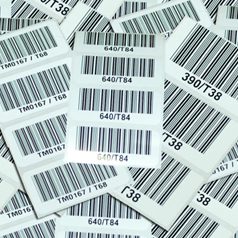The answer is: Yes — and we can tailor them to fit your exact needs. Whether you need full color labels that hold up in tough conditions, chemical-resistant laminated options, or barcode labels with variable data and colors, we’ve got you covered! Only need your logo in color? We offer partial print labels if you’d […]
Question: Can you change a QR code link after printing? Answer: A barcode’s function on an adhesive label is to carry information. Once a QR code is printed onto a label, the information is locked-in. So, no, we cannot change the information contained in the code, HOWEVER, we may have a loophole that could work—especially […]
As we wrap up another incredible year, it’s time to dive into the standout blogs that captured your attention in 2024. Here’s a definitive list of the top 10 must-read blogs: 10. XyResist® is the Top Choice in Xylene & Chemical Resistant Slide Labels (VIDEO) Are damaged or smudged slide labels making it impossible to […]
Use our infographic and artwork checklist to make sure you have everything you need to submit your label artwork for a great quality print! Print File Submission Checklist Want to get even more technical? You can reference our official Print File Requirements page for our nitty-gritty deep dive into artwork submissions. Working with Data Files […]
We’ve decided to do a countdown of all the reasons why you should consider using barcode labels. So without any further ado: You don’t need a Ph.D. in barcoding to operate a barcoding system. (We have barcoding geniuses on our staff, ready and willing to give you terrific instructions.) The data encoded is scalable to […]
So you’ve got a situation on your hands. You’ve been handwriting labels for years, but now you notice productivity isn’t where it should be. You’re paying employees for more labor hours, but see even less output since there are so many mistakes. Handwriting Labels–Worth It? Statistics show that 1 out of every 300 handwritten characters […]
We are nerds and we know it. We eat, sleep, joke about and critique barcode labels all the time, here at EIM. One of us even owns a pair of barcode label cufflinks. He was busted wearing them at one of our holiday parties. We know, we know. Pathetic. What’s good about our nerdiness, however, […]
The Universal Product Code (UPC) is a barcode symbology that is widely used in the United States and Canada for tracking trade items (fancy term for products) in stores. Practically every item purchased from a grocery store, department store or mass merchandiser has a UPC barcode on either a label or a tag. This helps […]
More than likely when you first started writing your book, you had no idea of how complicated it can get trying to get a book published. Besides deciding on a subject and making sure that what you have to say is really readable and interesting, how many copies will you want to have printed? Have […]
No matter what you call it – Code 39, Code 3 of 9, USS Code 39, USD-3, Alpha39, or Type 39, this barcode has remained one of the most popular codes in use today – except for the UPC code used on all retail merchandise. Code 39 was the first alphanumeric code to be developed […]
All the technology we are so utterly surrounded by these days can still be as unfamiliar to us as a language we have never heard before. Barcodes, for example – we all see them every day whether we are aware of it or not. They are everywhere, but DID YOU KNOW there are many different […]
Here is another use for that #2 pencil… by just using a pencil you can test to see if your barcodes are accurate enough to be scanned properly! First off, what is a Quiet Zone? This is a blank area or margin on either end of a lineal barcode (such as Code 39 and Code […]












